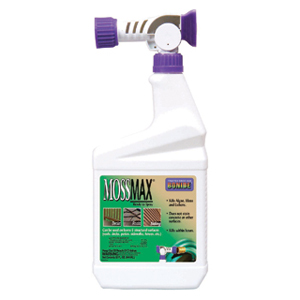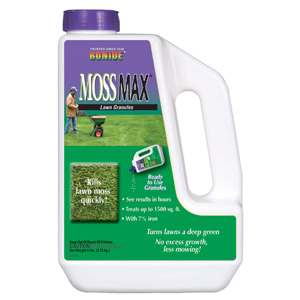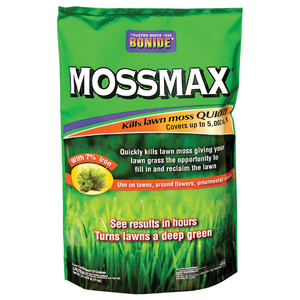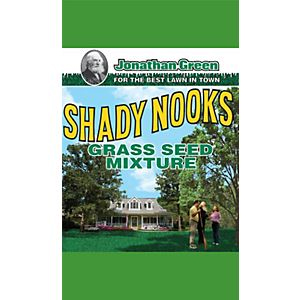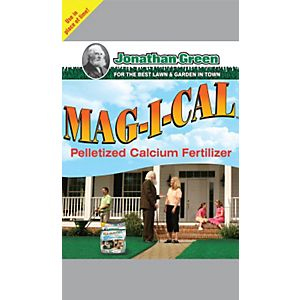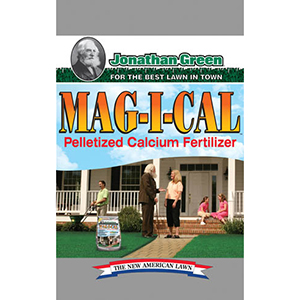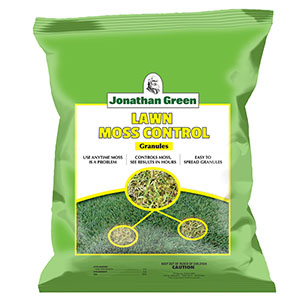Spring’s
first looks, following a long winter season, start with venturing out onto the
lawn areas finally uncovered by the last glimpses of snow. Surveying the ground
and seeing green is a welcomed sight. Or is it?
Moss is a
common occurrence for many areas including lawns, sidewalks, fence lines, rooftops,
siding, mulched beds and even bare ground. It grows to form a thick green mat
that spreads and establishes itself by producing spores, which are spread by
the wind.
Identifying and Understanding Moss
Conditions
Moss thrives
in many different conditions: The sun may or may not be relevant to where it
can grow! Once a homeowner inspects their surroundings, they’ll likely see moss
on the surfaces of many areas around the landscape and home. Consider all of
the conditions that favor moss in lawn areas, including acidic soil, moist or
wet soils, heavily shaded areas, poor drainage and even low soil fertility.
Anywhere grass is difficult to grow and maintain is a possible area for moss to
establish itself.
pH Matters
Beautiful
lawns are the result of common sense, good timing and known science. Consumers
may think that it begins and ends with dumping fertilizer on the lawn a few
times a year to make it green and the envy of the neighborhood. Truth be told, soil
pH is key in determining whether the fertilizer used is being broken down and
working with the type of grass in a homeowner’s yard.
Most turf
grasses like a pH in the 6.0-6.5 range, unless you live in the South and have
centipede grass types, which like a slightly lower pH of 5.5. Correcting low pH
in a lawn is done using lime in various types of particle sizes: pulverized,
granular and pelletized. Another recommended product is from Jonathan Green,
known as MAG-I-CAL, which uses a highly soluble form of calcium that helps
raise pH quickly.
Solution Selling for Quick Results
Consumers are
short on patience and want instant results. Moss controls are available in both
granular and liquid applications from Bonide featuring their best seller, Moss
Max Liquid Ready-to-Spray. This product won’t stain walkways or damage
desirable plant material. It’s safe to use on decks, patios, driveways, roofs,
trees and lawns. It works within hours to kill moss, and even lichens, safely.
Damage Control
Both Bonide
and Jonathan Green offer moss-control granules in their lawn care lineup. These
are easily applied using a lawn spreader and contain no fertilizers to force
excess growth in the lawn.
Typically,
lawns containing moss have another common issue: soil compaction. Without deep
penetrating root systems of turf grasses, moss can readily establish on top of
surfaces and not need much moisture to remain a nuisance all season long. Core
aeration is recommended during the fall to break apart soil compaction and
allow moisture and nutrients to break the tension in the soil surface. Using a
grass seed mixture that contains Kentucky blue grass varieties helps drive
additional roots that can fill in bare spots in the lawn.
If you’re
treating an area that remains wet and moist with dense shade conditions, one
product does an excellent job in growing grass where others fail. Jonathan
Green Shady Nooks grass seed contains a variety of grass seed that excels in
establishing itself in poor, moist, shady conditions. The type of seed is Poa trivialis, which is easy to grow and
maintain. If you don’t have a mixture that contains this varietal type, you
should plan to buy it and sell it to your customers. Another seed in the
mixture is hard fescue, which grows well in dry, shaded areas.
You can tackle the toughest problems for moss control with just a few great items! Are your store shelves stocked with these solution-based products? Give them a try this season. Your customers will be happy you did!
You can tackle the toughest problems for moss control with just a few great items! Are your store shelves stocked with these solution-based products? Give them a try this season. Your customers will be happy you did!


